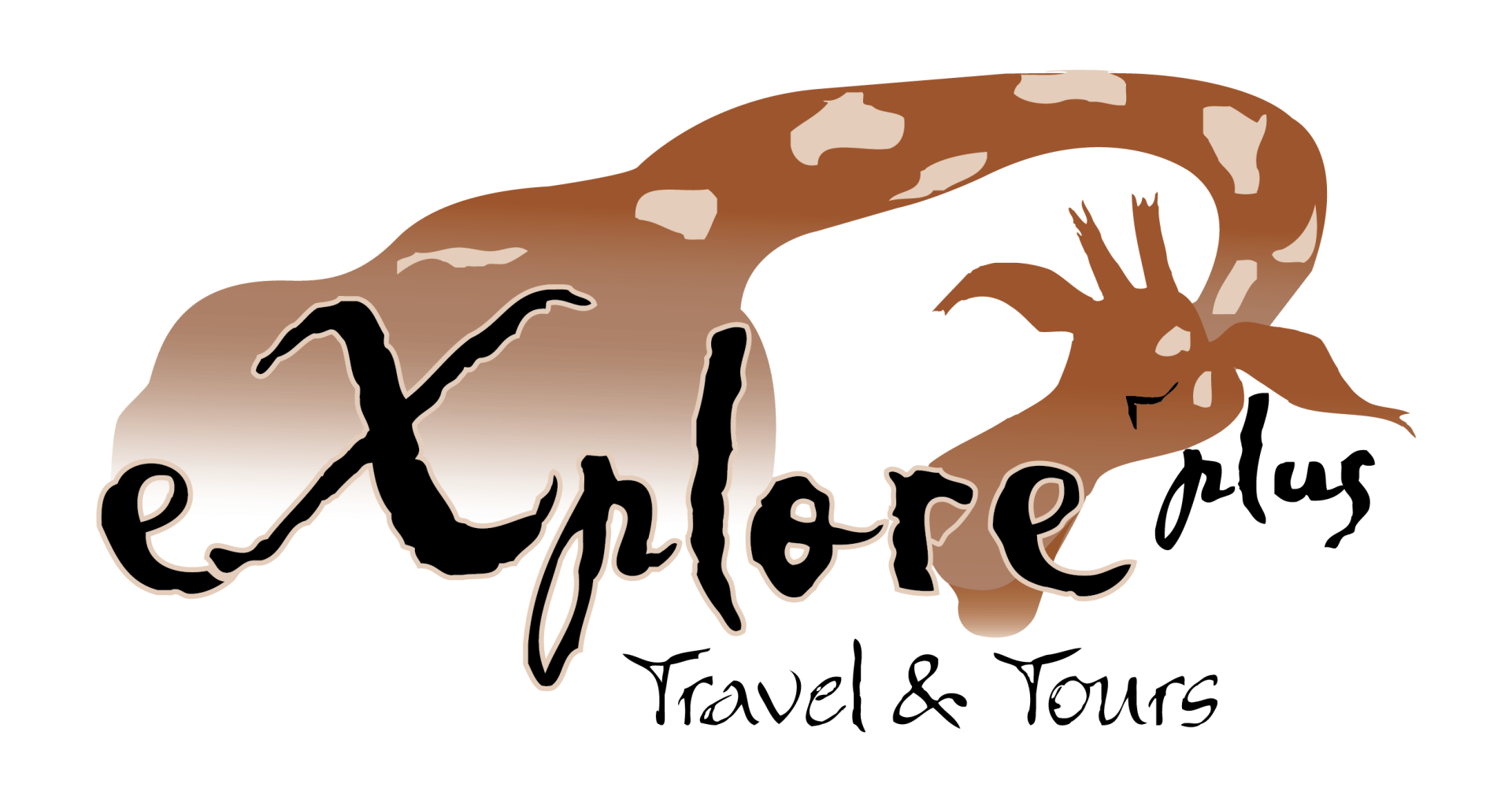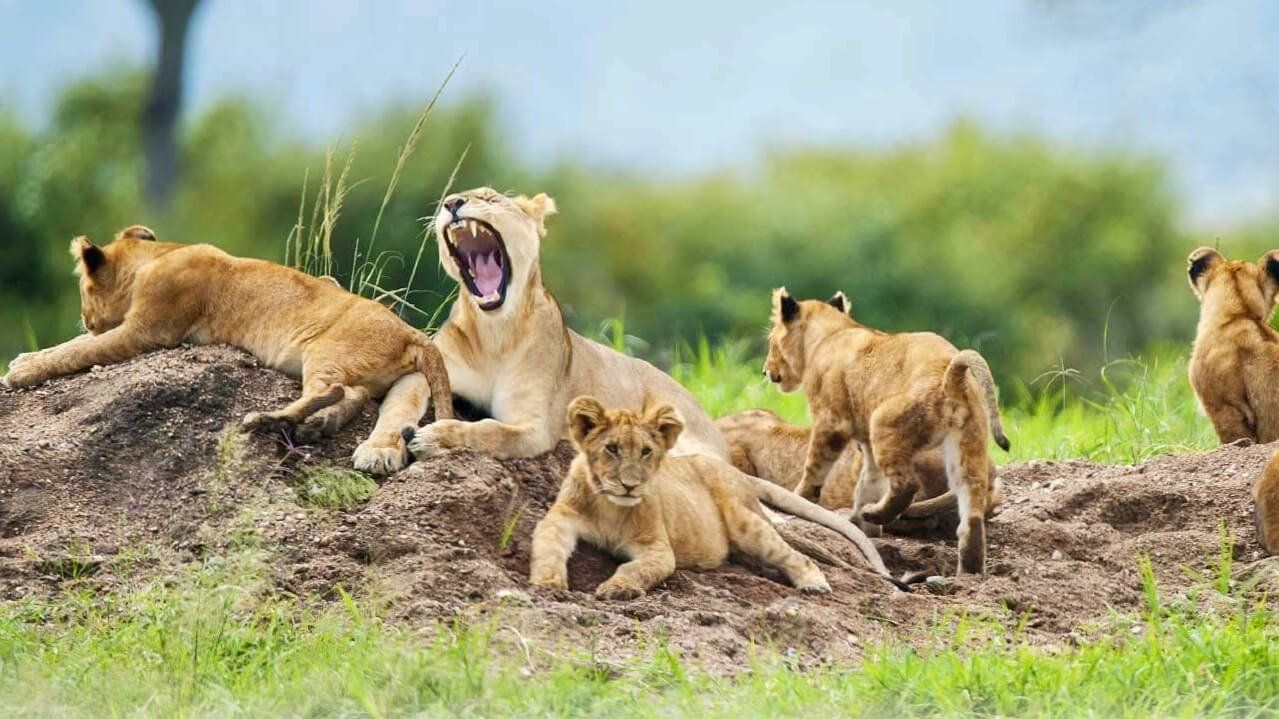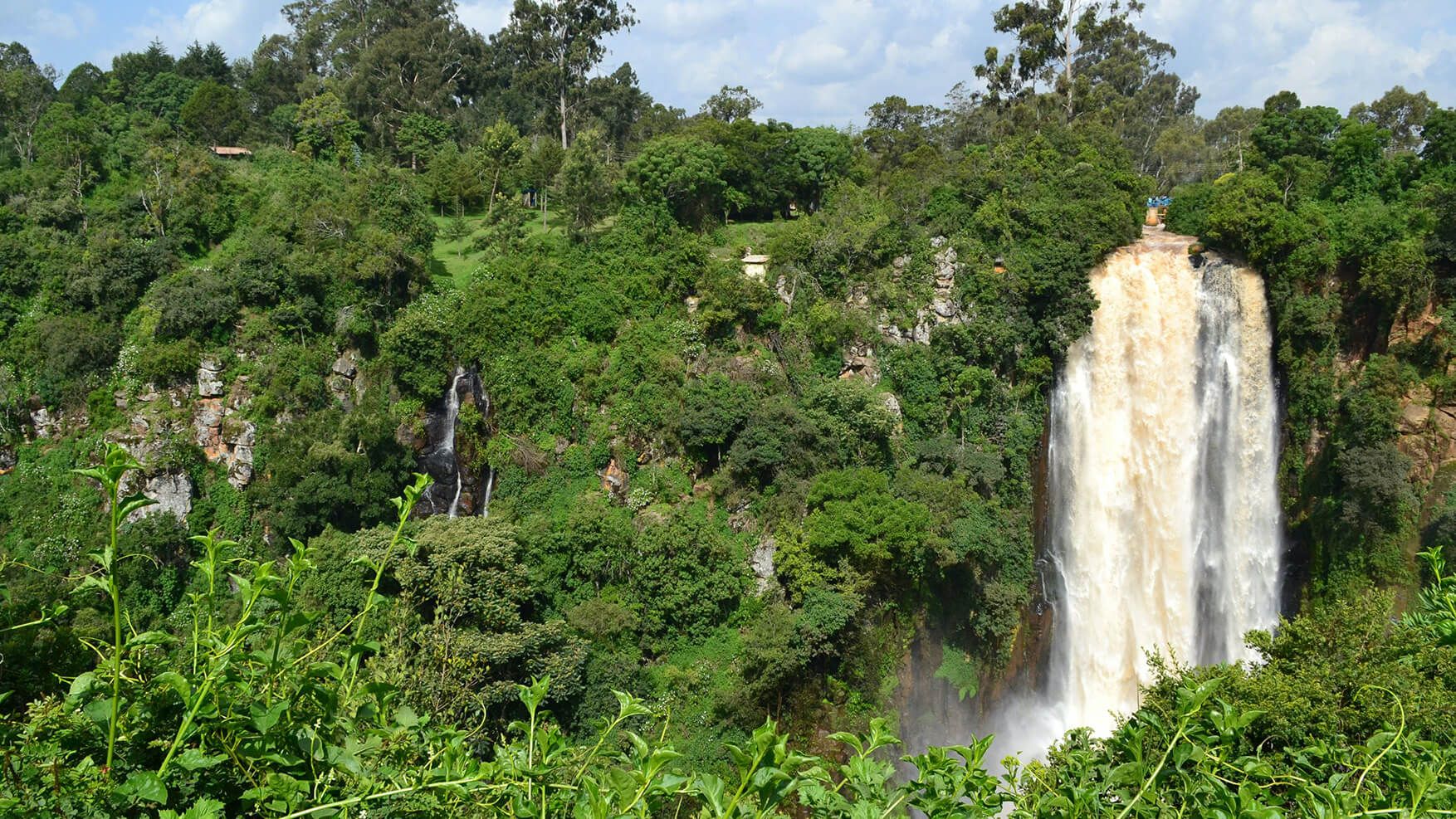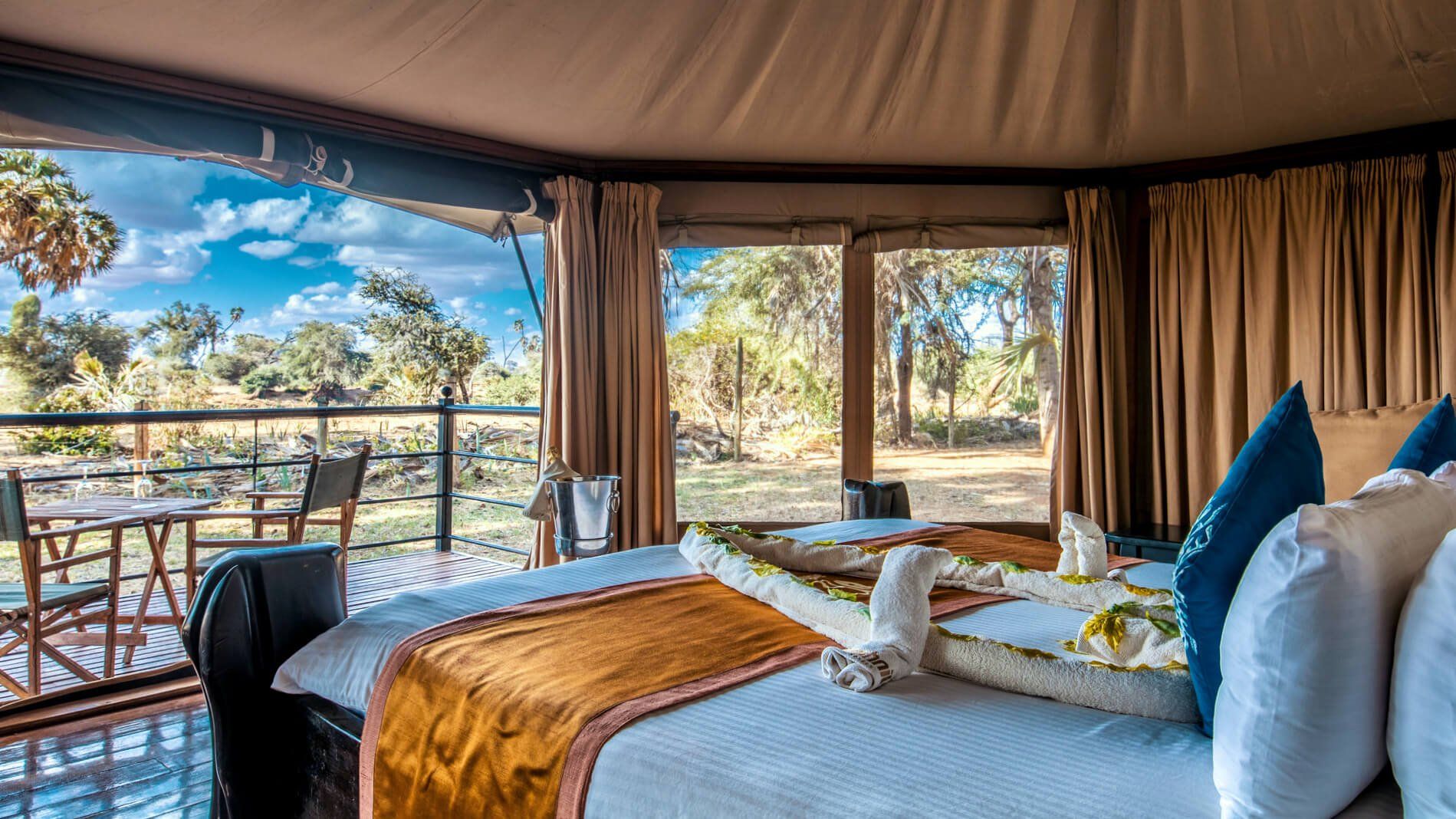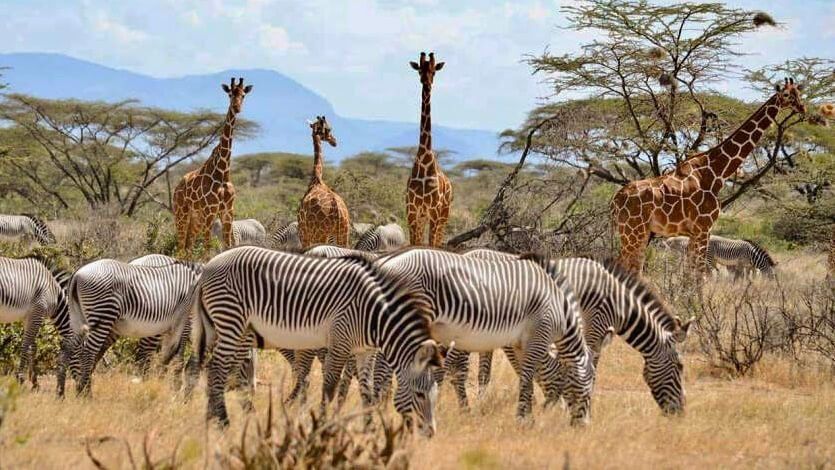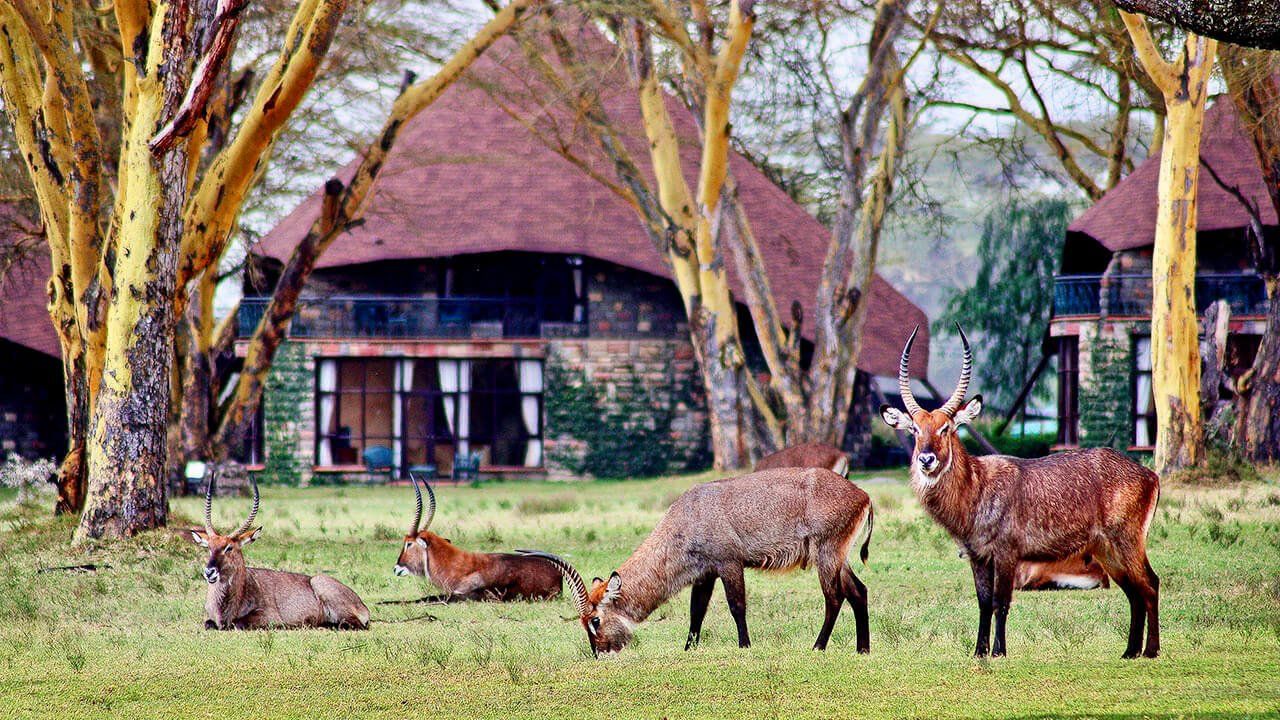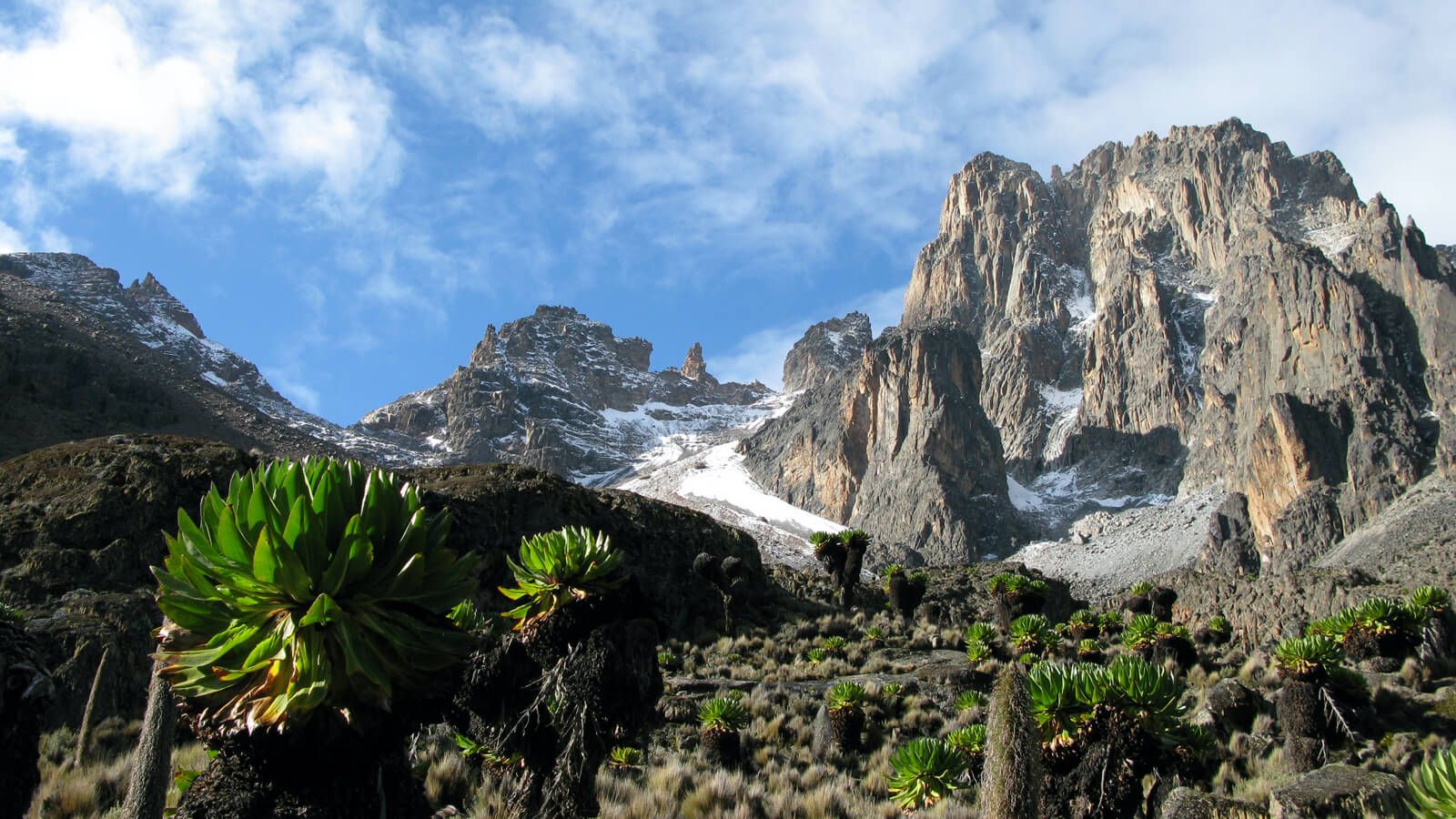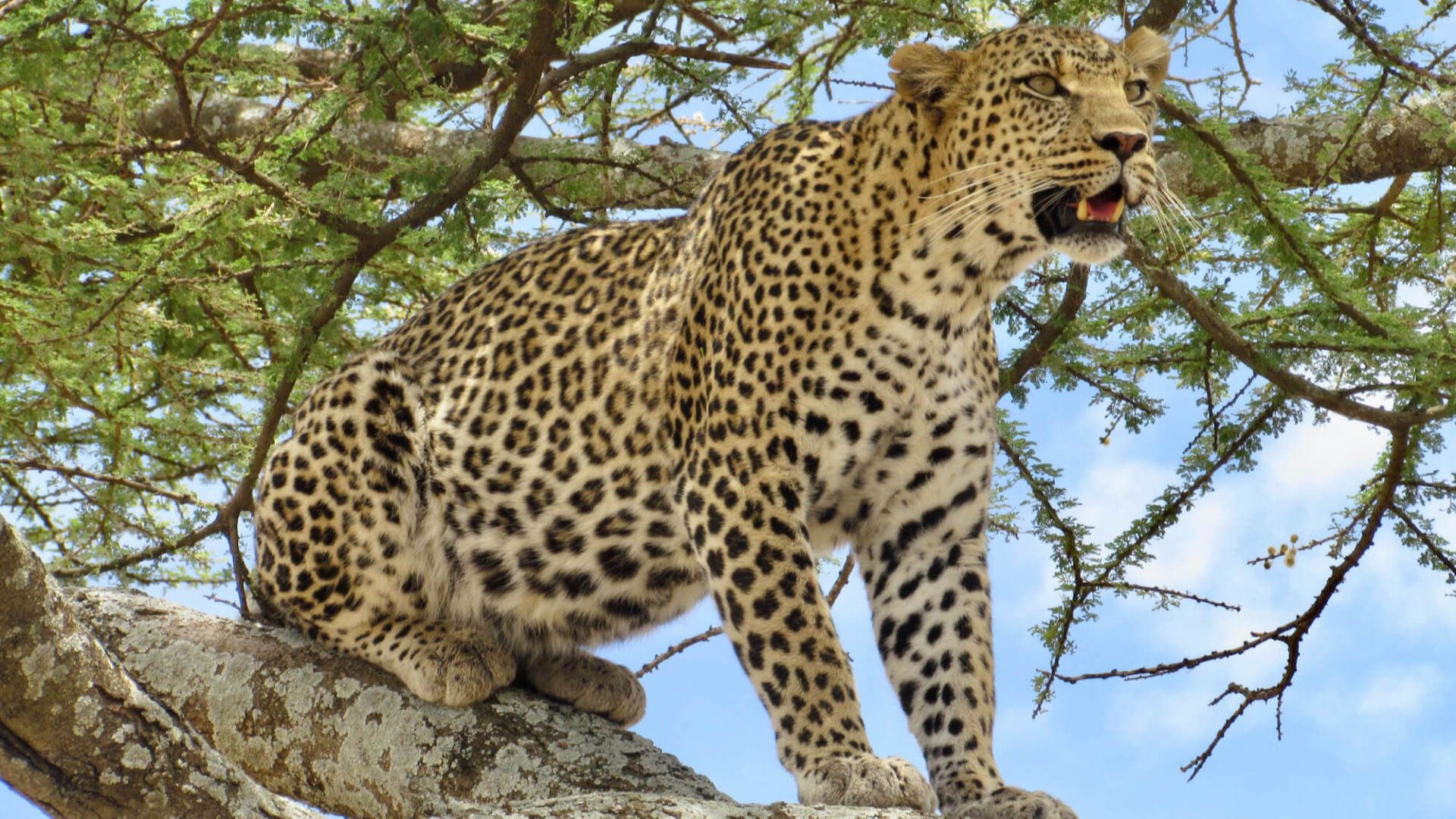Kenya Ultimate Safari
Visit one of Africa's last true wilderness destinations when going on a group safari in Kenya. See the Northern Five and enjoy splendid views of Mount Kenya (the 2nd highest mountain in Africa). From July to October, the migrating herds reside in the Masai Mara. The Mara river is the prime spot to witness daily river crossings.
Itinerary
New Paragraph
Dates & Prices
Dates:
Private Safari
Rates:
| SA RESIDENTS: | INTERNATIONAL: | |
|---|---|---|
| Per Person Sharing: | Please contact one of our consultants | Please contact one of our consultants |
- The exchange rate used (bank selling rate): R18.80 to US $1.00
- Please request a quote from our Safari Specialists for the most current rates and availability on our group departures.
- Please treat all pricing as a guide only.
- All rates are subject to increases beyond our control, including fuel price, government taxes and exchange rate fluctuations.
National Parks
Samburu National Reserve
Lake Naivasha National Park
Masai Mara National Reserve
- Ngama Hills to the east with sandy soil and leafy bushes and loved by black rhinos.
- Oloololo escarpment forming the western boundary and rising to a magnificent plateau.
- Mara Triangle bordering the Mara River with lush grassland and acacia woodlands supporting masses of game, especially migrating wildebeests.
- Central plains form the largest part of the reserve, with scattered bushes and boulders on rolling grasslands favoured by the plain's game.
